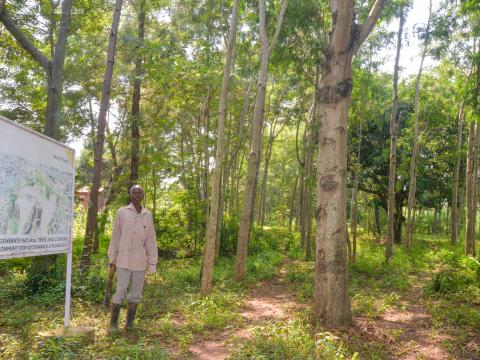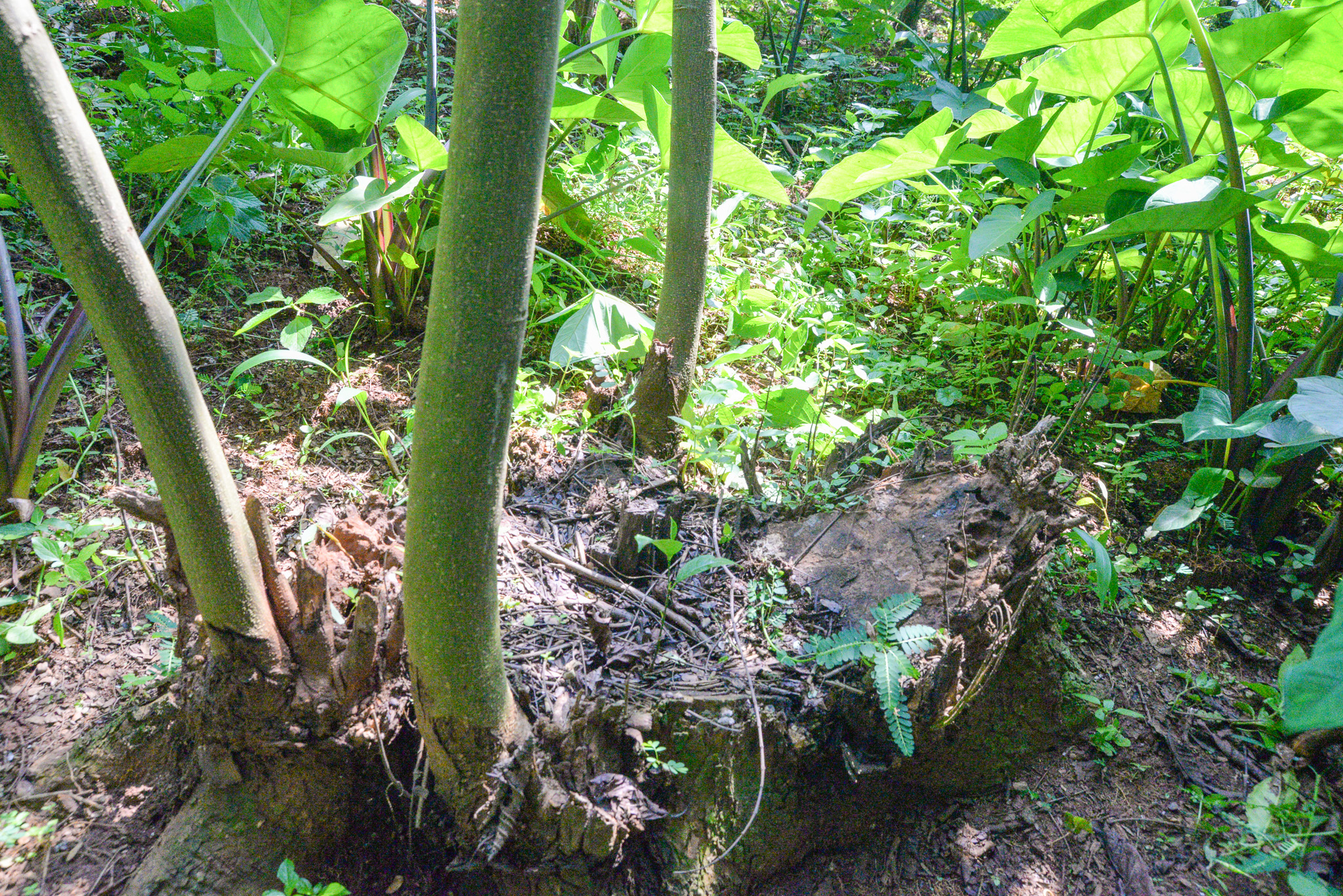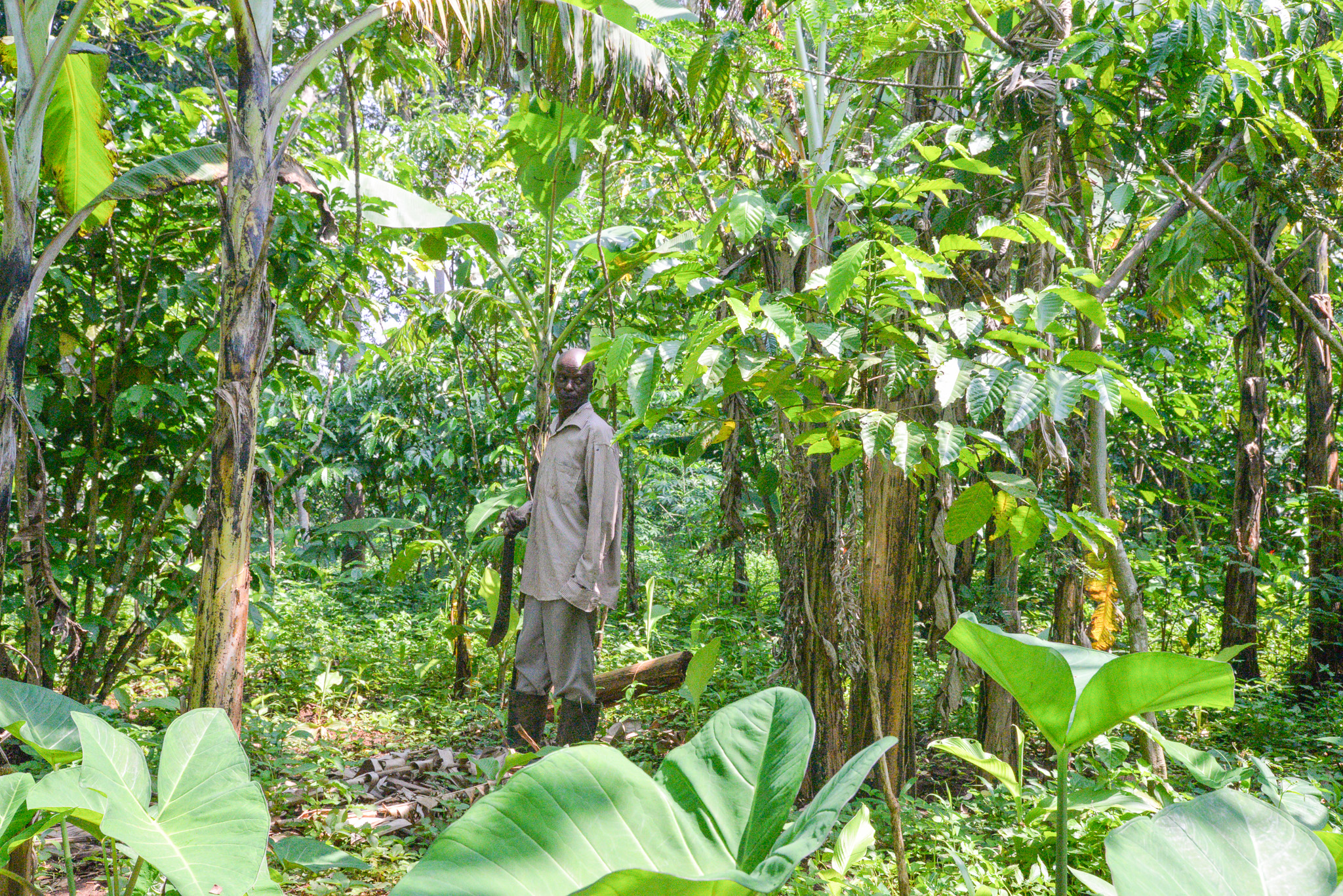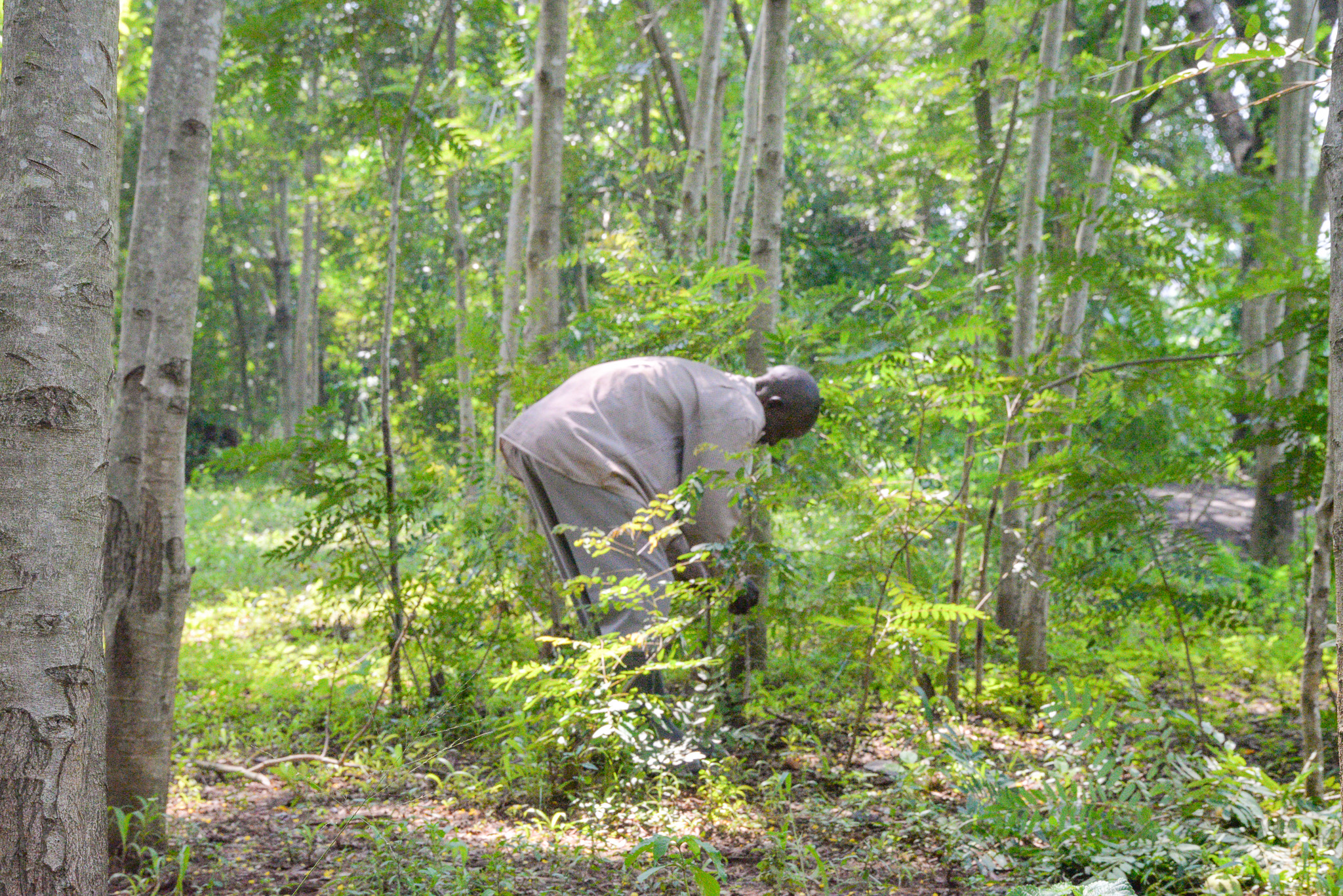How a farmer has turned eroded land into a thriving five-acre forest

In 2016, Patrick Kyuka underwent training on restoring degraded land using the Farmer Managed Natural Regeneration (FMNR) method. Inspired by this training, he returned home with a mission—to champion environmental restoration and tree conservation.
He took his commitment to the next level in 2017 by dedicating 1.5 acres of land for a demonstration site to educate fellow farmers.
His land, once barren due to deforestation and soil erosion, has since transformed into a thriving forest.
“As a young boy, our land was covered in a forest from which we gathered firewood,” he recalls. “However, over time, deforestation led to soil erosion, leaving the land bare and infertile.” Determined to reverse this damage, Patrick stopped cultivating the land and allowed trees to regenerate naturally.
Since then, he has expanded his conservation efforts, purchasing three additional pieces of land, bringing his total forested area to five acres. His land is home to indigenous trees, coffee, artificial trees, and 120 grafted mango trees supplied by the government under the National Agricultural Advisory Services (NAADS) program. His dedication to reforestation has turned his farm into a learning centre.

Beyond conservation, Patrick’s trees provide financial benefits. He sells poles and timber for construction, stems for passion fruit grafting, and tree products to herbalists. “Some people practicing traditional medicine seek specific tree species, and I have set prices for these,” he says.
Patrick also utilises his land for animal grazing and firewood. By strategically cutting trees and allowing them to regenerate, he ensures a sustainable income. “When I want to cultivate, I cut some trees, let them germinate, and then support their growth,” he explains.
Patrick’s sustainable approach is also financially rewarding. “For instance, a musita tree earned me UGX 400,000 (109.51 USD) from timber sales and UGX 500,000 (136.89 USD) from its branches that are used for charcoal. He anticipates selling a Mvule tree next year for UGX 1 million (273.78 USD).

His conservation efforts also support his family. “My daughters do not have to search for firewood. We get it from our forest,” he says proudly. His trees have also funded his children’s education.
“I earn at least UGX 3 million (821.32) annually from tree sales. My daughter is pursuing a certificate in Crop Husbandry, and the timber sales will cover her tuition. Another daughter graduated as a midwife in 2022,” he says.
Today, firewood scarcity is a growing problem. To protect his trees, Patrick has begun charging a small fee for firewood collection.
Patrick continues to educate his community on the benefits of tree conservation. “We advise landowners to set aside small spaces for trees. Some listen, others don’t,” he says. But he remains steadfast in his mission—to nurture trees, restore the land, and secure a greener future for the next generation.

Story and photos by: Tabitha Avola, Communications, Advocacy and External Engagements Officer, Catalyst project.